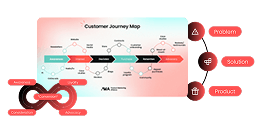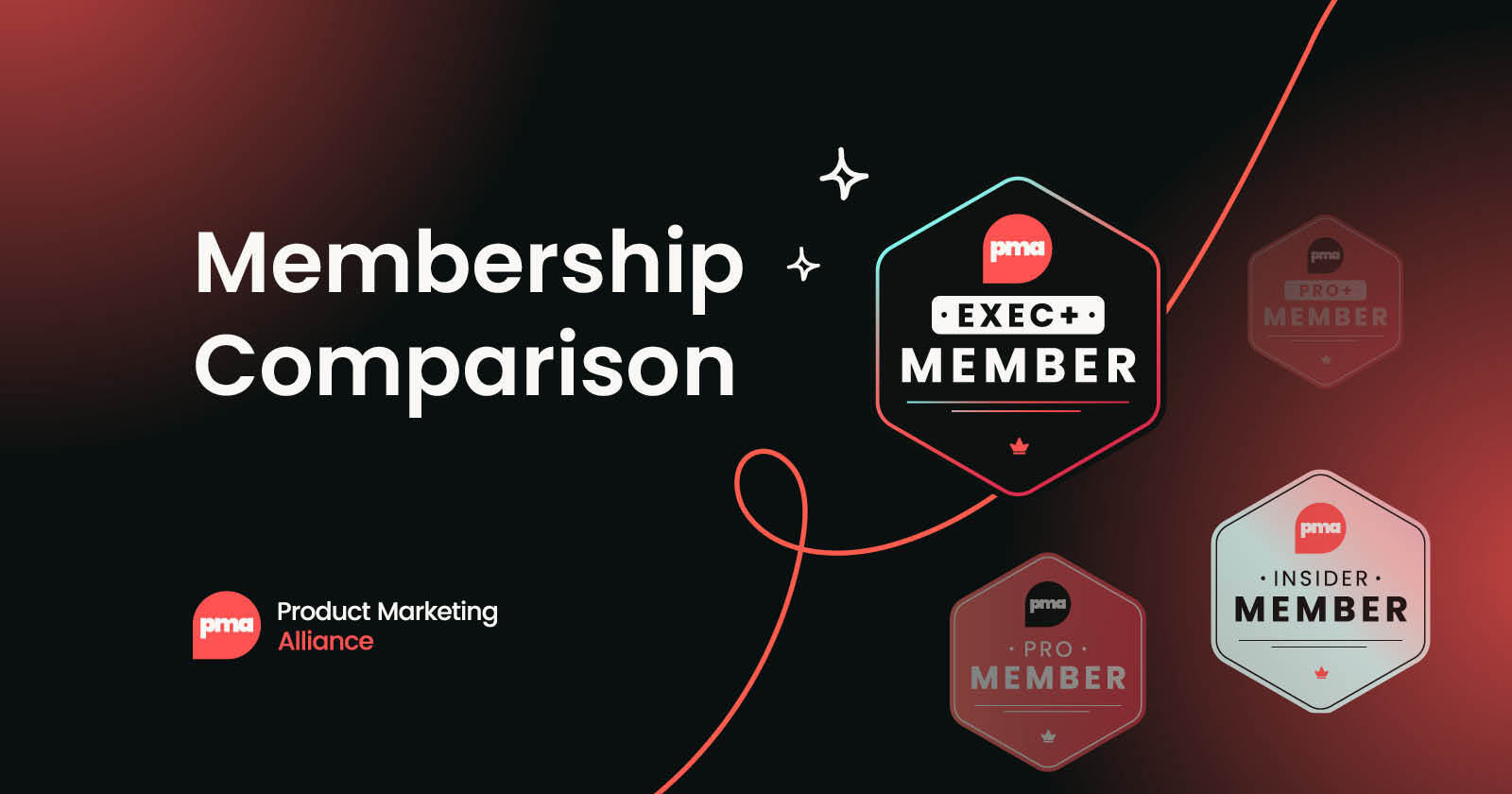In product marketing, the ability to translate technical jargon into customer-friendly language is a competitive advantage.
Yet many technical teams resist simplifying their terminology, which can create a disconnect between a product’s value and how customers perceive it. The key? Learning the language of your industry.
By recognizing how language shapes customer perceptions and carefully choosing words, you can turn overthinking and technical jargon into an advantage. Let’s explore how.
Bridging technical accuracy and customer perception
I’m a firm believer that specific content is what resonates with customers. The challenge when working with technical teams is that they often prefer to follow standard definitions and grammar rather than say what actually makes sense to users.
For example, they won’t let us say we “do compliance,” only that we “collect evidence to be compliant.” It’s technically correct and entirely forgettable.
Similarly, according to ITIL 4 (a globally recognized IT service management framework), the word “inventory” refers only to a list of assets that haven’t been assigned to anyone, for example, in a warehouse. However, when talking to customers, it doesn’t take long to realize that they use “inventory” to refer to both unassigned and assigned assets.
I once cracked a logic problem by focusing on the wording instead of the math. That’s when I realized: technical accuracy and customer perception don’t always align. The devil is in the details, and a single word, such as “only,” “just,” or “technically,” can shift the meaning entirely.
In product marketing, these words can be the difference between engaging a customer and losing them in the weeds of precision. Granted, this may be the former lawyer in me speaking, but hey, product marketers come in all shapes and forms. The challenge isn’t about choosing between technical depth and accessibility, it’s about mastering the nuance of both.
Being a “manager” in finance usually implies seniority. In marketing, it can be an entry-level role, like Social Media Manager or Community Manager. This doesn’t make the title meaningless. It means we need to understand how language works in each context and use it intentionally.
We also have to confront the fact that language is messy. It’s shaped by habits, assumptions, and context. It’s often vague, and for people who want clear rules, that can be uncomfortable. But if you work in product marketing, you have to be okay with that. It’s part of the job.
In the case of my company, we know that having an organized inventory is a must for audits. But talking to our customers, I’m learning that they aren’t really involved in the audit process, so nothing in that language universe lands with them. I could ask them directly, “How do you do audits?” and they’ll say they simply don’t, only to reveal around minute 45 that they have to adhere to three different ISO norms.
Finding common ground with IT teams
Here’s another revelation I’ve had since joining a company that serves IT specialists: unlike developers and marketers, IT people tend to spend decades in their jobs. Plus, IT teams are rarely anyone’s favorite or least favorite team. And while there are some communities, they’re not as active or interconnected as those of developers or marketers.
So, how do we speak a language that isn’t spoken out loud very often? How do you learn a language that doesn’t have an obvious place where it’s used and shared?
You talk to them wherever and whenever possible.
Last year, one of our product marketing team’s key goals was to meet with as many customers as we could. Then we spent countless hours tagging, driving insights, and communicating those insights to the rest of the teams. But the most important part? I began to speak their language.
Now I find myself making jokes like, “An HP API? What do you want next, real-time information on Macs?” and bringing the house down with the joke. (HP deprecated their API years ago. Yes, I am aware how uncool this is while writing it.)
Or, I’ll say something like, “Look, I work in marketing and even I agree you can’t trust us to our own devices. We need to categorize software, or they’ll send everything into ChatGPT.” I’m part of the marketing team. I am the danger. Or am I? Now I speak their language, so I’m one of them.
Deciding what to say and what to leave out
When I first got here, I was terrified of making a mistake or being caught saying something wrong. Although being cautious can be a good quality for workers in general, we product marketers have to make decisions on what we are comfortable with saying as a company and what we are not.
For the longest time, I couldn’t decide. I kept trying to please our deeply technical teams while doing marketing, but that didn’t land with anyone. No one has time to hear, “Well, it is software, but actually it’s hosted somewhere in the world, on physical hardware, so technically it’s hardware.” The industry as a whole has already agreed that cloud-hosted software is not considered hardware, and they are right.
It all boils down to this question: if you take away the fluff, does it still work for the intended purpose? If that’s the case, green light.
For example, “Have all your inventory in one place.” Am I being precise? No. Like I said, inventory is only unassigned assets, and I mean both. However, in this case, being vague or wrong is harmless. To be able to make these decisions, one has to learn the risks, the language, what’s at stake, and even the personalities of their target niche.
But if the value or purpose of what I am trying to communicate falls apart because of a blunt lie, then that’s not acceptable. For example, “If you hire us, you will pass all your audits,” just isn’t the case. We are not a services company; we can only help companies keep track of things.
How to decide your risk appetite, or the company’s, depends on who your audience is and their personalities. I wouldn’t mess with a Swiftie on facts and dates. But my crowd? They chill.
Conclusion
Positioning a product in a niche market requires product marketers to learn the language. And while I can’t remember life before smart spreadsheets and Gongs and Grains and Zooms and Klues and ChatGPT, nothing can replace the sitting down hours of learning the language.
Mastering a niche market isn’t just about product knowledge. It’s about speaking the language customers actually use to articulate their pains and solutions. And just like learning a new language, it takes more than AI tools and research. It takes real conversations. Therefore, the key to speaking technical teams’ language is to spend time with customers.
Now, off to write those email sequences to schedule customer interviews.


















 Follow us on LinkedIn
Follow us on LinkedIn



.svg?v=3a7706f2ad)